War has long been a costly approach to conflict, yet it remains a part of international politics and society. From the assassination of Franz Ferdinand that triggered the start of World War I to the events that triggered the War in Afghanistan, the reasons to take up arms are usually threats to one’s safety, prosperity or very existence. These eight ridiculous wars, however, prove that even the silliest excuses and misunderstandings can lead to conflict.
Iowa Cow War
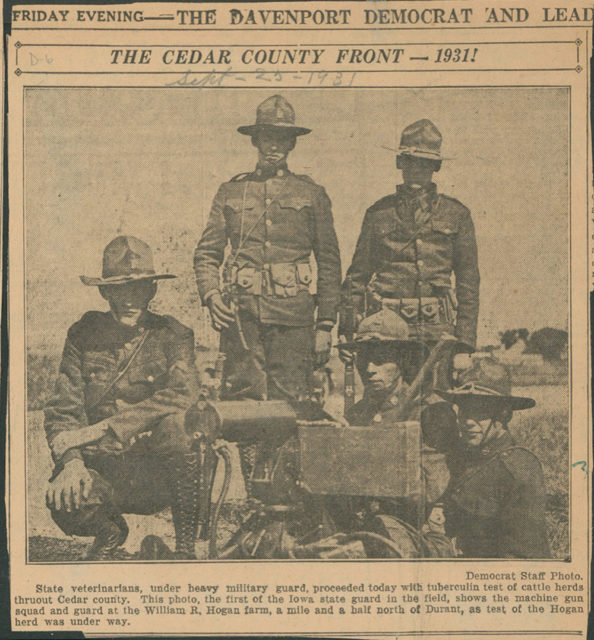
The Iowa Cow War took place in Cedar County in 1931. This ridiculous war was in response to a controversial law passed by the State Legislature two years earlier, which made it mandatory to test all dairy and meat cows for bovine tuberculosis. The bacterium can be passed to humans who consume infected animal products.
The tests were performed by veterinarians who injected a small spot near the cows’ tails with tuberculin, a derivative of the tuberculosis bacterium. After 72 hours, the results were taken. If a test came back positive, a cow’s value was assessed at a lower sum and the farmer was reimbursed. Local farmers were skeptical of these tests, believing they could infect their cows or cause a pregnant heifer to miscarry her calf. They also felt the law was unconstitutional.
The Great Depression was in full effect, making farming life already extremely difficult. Farmers were extremely aggressive toward the veterinarians performing the tests, and things eventually grew so violent that martial law was imposed and the National Guard was called in to keep the peace. Soon after, the majority of farmers submitted to the law and the Iowa Cow War came to an end.
War of the Oaken Bucket
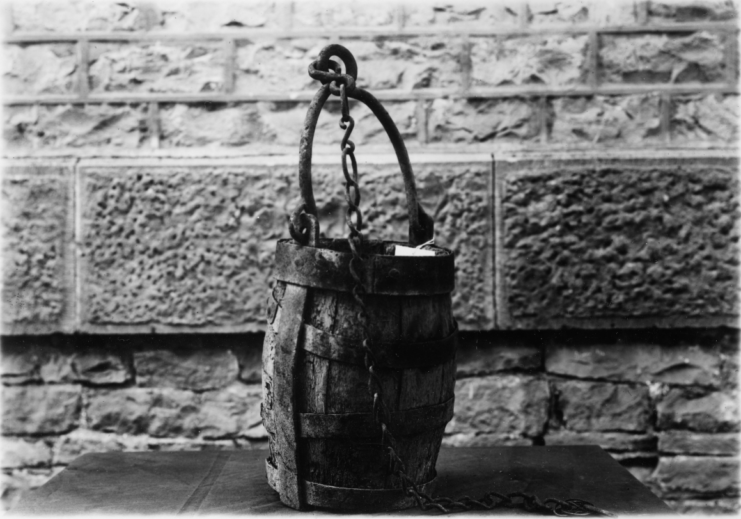
Did medieval Italy go to war over a bucket? The answer is complicated.
The conflict began in 1325 between two states – Bologna and Modena – and was part of a 300-year-long struggle between two groups known as the Guelphs (Bologna) and the Ghibellines (Modena). Interestingly, the only battle of what has since been dubbed the War of the Oaken Bucket was the Battle of Zappolino, which Modena won, despite being outnumbered by 25,000 men.
Some believe the war started when the Modenese stole a bucket from a Bolognese well, but the item actually had nothing to do with the conflict. In fact, it was taken by the Modenese as a trophy to celebrate their victory. The actual cause of the war was the rival political views of both sides, with Bologna supporting the Pope and Modena backing the Holy Roman Emperor.
War of the Stray Dog
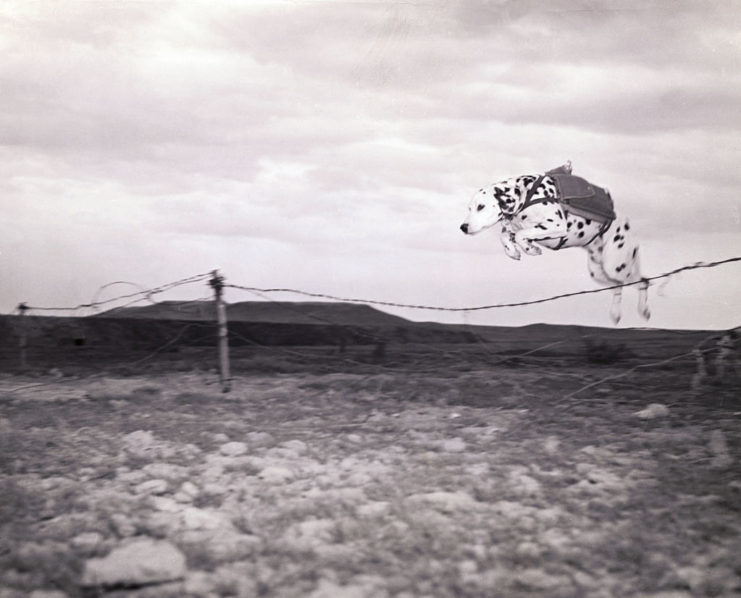
The War of the Stray Dog, also known as the Incident at Petrich, is another ridiculous conflict with a somewhat misleading name. It’s also an example at just how strained the relationship between Greece and Bulgaria was in the early 1900s, due to disputed claims over Western Thrace and Macedonia.
There are number of supposed reasons why it began, with one claiming that it was triggered by a Greek soldier being shot after he ran through the Bulgarian border while chasing a stray dog on October 18, 1925.
A conflicting story states the war began when several Bulgarian soldiers crossed the Greek border and attacked an outpost, killing a captain and sentry. The Greeks refused Bulgaria’s attempts to call the incident a misunderstanding and the government issued a 48-hour ultimatum to Bulgaria to punish those responsible. They also requested an official apology of compensation of two million French francs.
Once the 48 hours had passed without action, Greece sent soldiers into the nearby town of Petrich, Bulgaria. Fighting then began between both countries, forcing the League of Nations to intervene and order a ceasefire. Greece was also ordered to pay £45,000 to Bulgaria in compensation. Despite this, tensions between Greece and Bulgaria continued to run high well into World War II.
Pig War
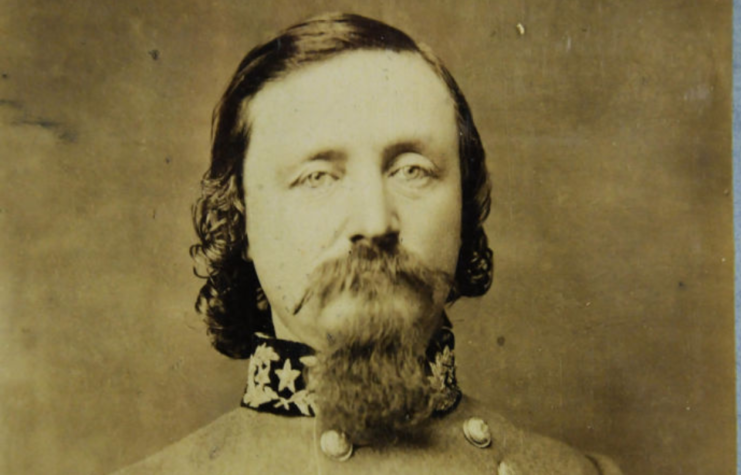
The ridiculous Pig War resulted in a full-on border dispute between the Hudson’s Bay Company (HBC), a British trading company based in Canada, and Washington State. It resulted from years of tension between the HBC and the United States over the ownership of the San Juan Islands, located between Washington and Victoria, British Columbia.
Things came to a head when, in June 1859, an American shot and killed a pig owned by an employee of the HBC, which he’d found digging through his garden. An attempt was made to rectify the situation, to no avail, and British authorities threatened to arrest all of the Americans on the island.
The US responded by ordering the 9th Infantry Regiment, led by Capt. George Pickett, to set up camp on San Juan’s main island. The standoff escalated as additional men, weapons and warships arrived in the area. By late August, nearly 500 Americans were camped near a British-owned sheep farm. They protected themselves with 14 field canons and a number of naval guns from the USS Massachusetts (1845). Meanwhile, the British used their guns to launch drills along the island’s shore.
Things became so tense that a battle was on the precipice – that is, until British and American leaders met to negotiate a joint occupation. Eventually, the San Juan Islands were awarded to the US, and the last troops were withdrawn by the mid-1870s.
Emu War
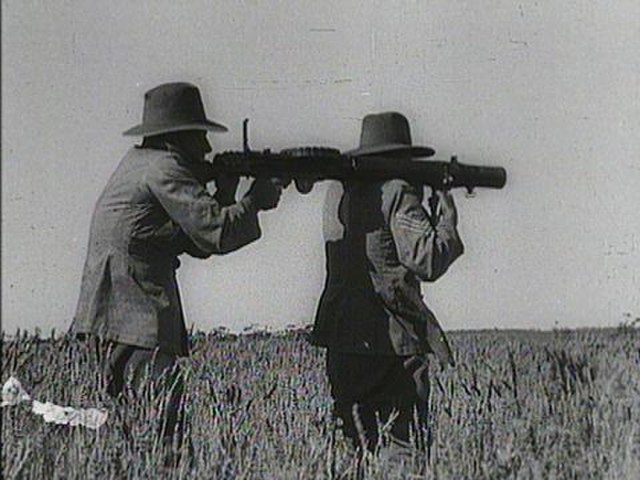
The Emu War was one of the most ridiculous conflicts Australia has ever seen. In 1932, the country declared war on one of its greatest enemies. Its adversary wasn’t a far-off country or a great colonial power – public enemy number one was, in fact, the emu, a flightless bird.
That year was a tough one for Australian farmers, as crops dwindled and the economy plummeted during the Great Depression. The already dire situation intensified when 20,000 emus arrived on the continent during breeding season. The large birds were a protected native species until 1922, when they were reclassified as “vermin.” Royal Australian Artillery soldiers who’d fought in WWI approached the government and requested a supply of Lewis Guns to aid in their battle against the ratite species.
Their initial attempts at culling the emu population were unsuccessful, only managing to get a few shots in before the entire flock scattered. During one instance, the gun jammed as they opened fire. Ultimately, it was the birds who came out victorious against their human adversaries, and they remain in large quantities throughout Australia.
Football War
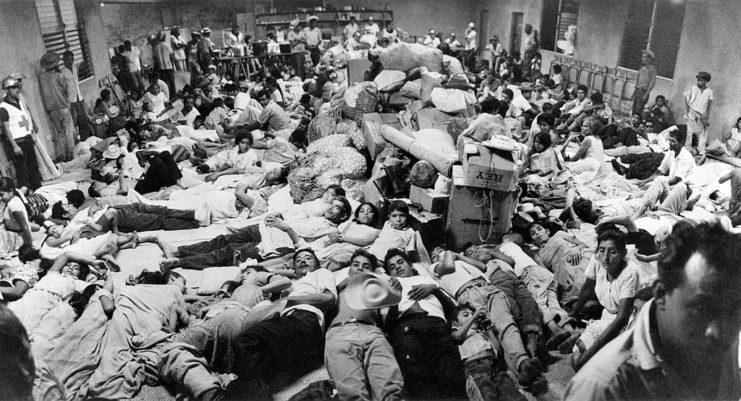
The ridiculous Football War, also known as the 100 Hour War, is proof that, when it comes to sports, fans can take their love of the game too far.
In 1969, relations between Honduras and El Salvador were tense, due to immigration and land reforms. Tensions boiled to the surface when the two nations faced off during a qualifying match for the 1970 FIFA World Cup in Mexico City. The night before, the El Salvadorian team were deliberately kept awake by hundreds of Hondurans who cheered and yelled outside their hotel.
The Hondurans won the match 1-0 with a last minute goal, a devastating loss for El Salvador. Upon watching the game on her television, an 18-year-old Salvadorian girl promptly ran to her father’s room to retrieve his pistol and shot herself in the heart. The government called her a martyr and gave her what was essentially a state funeral.
The second qualifying match happened in El Salvador, where the Honduran players were kept awake all night by screaming fans. When El Salvador won 3-0, riots ensued between clashing fans. The subsequent playoff match was overseen by police officers to prevent further violence. El Salvador won 3-2, and that same day the country’s government cut all ties with Honduras. Over 11,000 Salvadorians fled as locals perpetrated a multitude of crimes against them.
Eventually, an all out war began, with El Salvador invading Honduras. A ceasefire was eventually negotiated by the Organization of American States (OAS), with a peace treaty signed some 11 years later.
War of Jenkins’ Ear
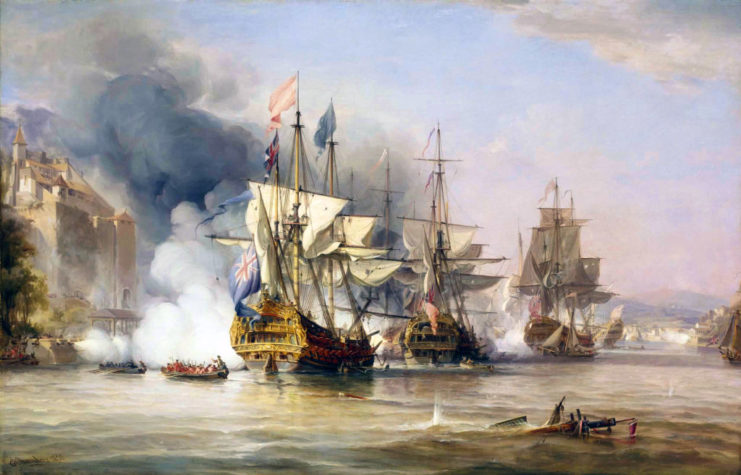
Helen of Troy was the face who launched a thousand ships, but Robert Jenkins’ ear was solely responsible for plunging Britain and Spain into a nine-year conflict known as the War of Jenkins’ Ear – we know, ridiculous! It began in 1731, when British Capt. Robert Jenkins had his ear cut off by Spanish coast guards who’d boarded and searched his ship, the Rebecca.
When Jenkins returned to England with his pickled ear in a jar, the House of Commons summonsed him to tell his story, some seven years after the incident had allegedly occurred. When asked what he did to warrant the mutilation of his ear, he replied, “I commended my soul to God and my cause to my country.”
No one knows if the Spanish actually cut off Jenkins’ ear or if he lost it another way, but his story was enough to rally the British into retaliation. The war primarily happened throughout Central America, with England launching attacks on Spanish colonies. Spain suffered a number of casualties during this time, primarily due to disease, and the fighting was eventually absorbed by the War of the Austrian Succession, which involved a number of European powers.
One of the most notable incidents of the conflict was the Capture of Porto Bello in 1739. The Spanish port fell to the British in just 24 hours, a victory that was celebrated throughout England. It even inspired the creation of the iconic song, “Rule, Britannia!”
Pastry War
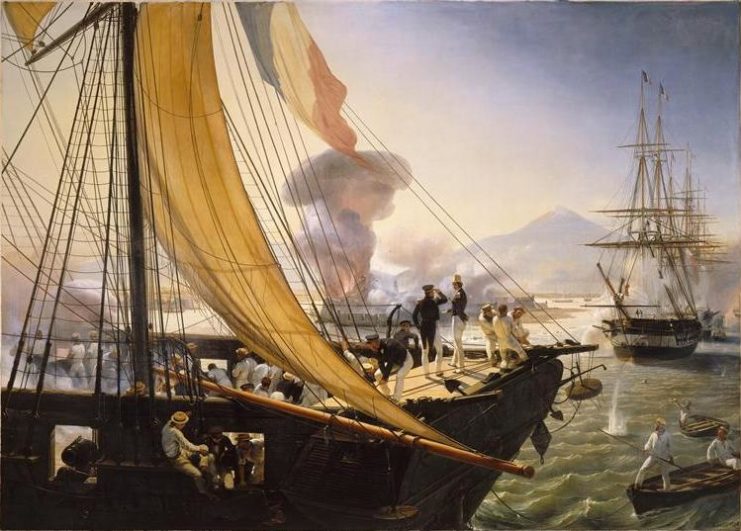
The Pastry War, also known as the First Franco-Mexican War, wasn’t a conflict over pastry, but it did begin at a pastry shop. In 1838, a French pastry chef living near Mexico City accused Mexican Army officers of purposely damaging his restaurant. The French demanded the country’s government pay 600,000 pesos in compensation, and when Mexico refused, a fleet of French ships arrived to back up their demands.
More from us: Five Bloodless Wars That Have Been Fought Throughout History
After bombarding the fortress of San Juan de Ulúa, the French received a guarantee that their demands would be met, bringing an end to the short-lived conflict. Following the war, many French nationals living in Mexico claimed to be victims of growing unrest in the country, and it wasn’t long until the French launched a full scale invasion of Mexico in 1861.
